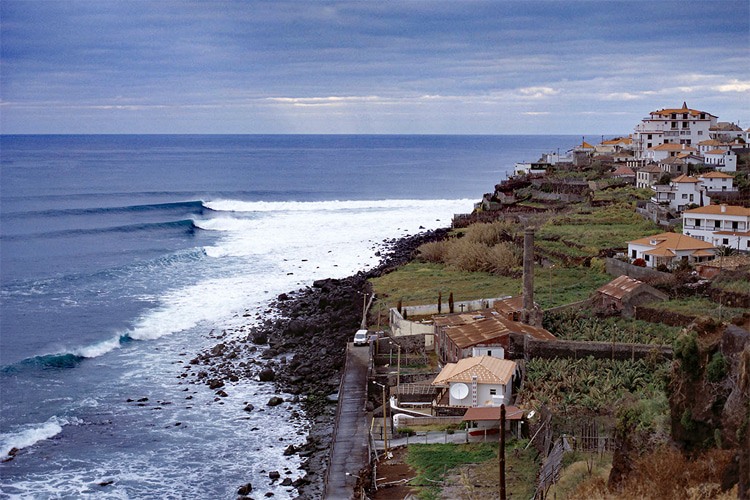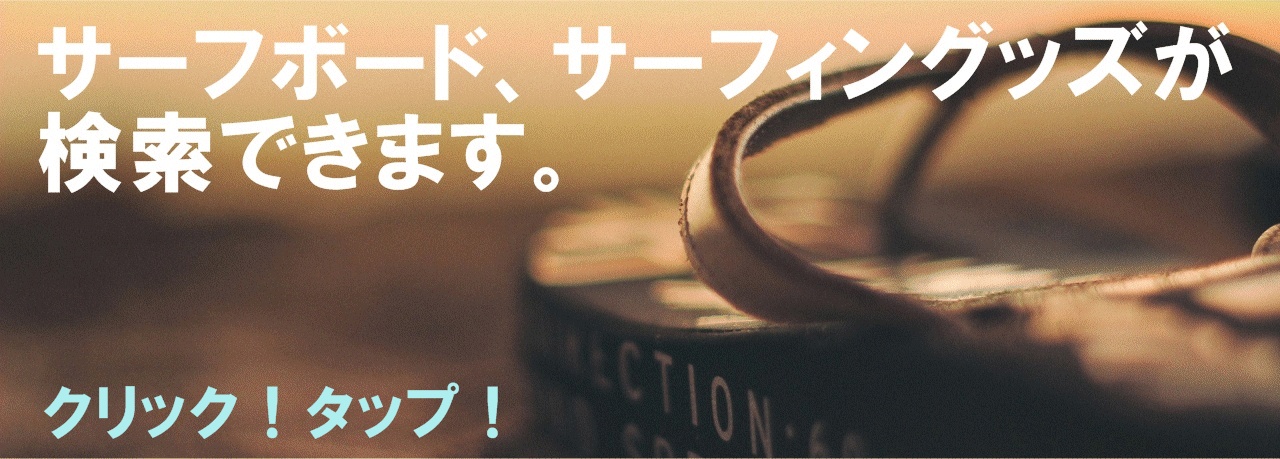The story of Jardim do Mar’s big-wave point break

Jardim do Mar was once hailed as the world’s best big-wave point break.
However, the legendary right-hand wave breaking on the southwest of the island of Madeira in Portugal eventually succumbed to the construction of a highly controversial seawall promenade.
Vision is a virtue that not all politicians master.
Consequently, high hierarchy decisions have either fruitful long-term outcomes or mediocre short-term consequences.
Sadly, Jardim do Mar did not have the best luck, and the perfect and beautiful big blue wave that in the past broke smoothly for dozens of yards ceased to exist.
Madeira is known as “The Garden of the Atlantic.”
It comprises two main islands and several uninhabited islets blessed by good weather and pleasing year-round air and water temperatures.
The archipelago, located 600 miles west of the Portuguese mainland, is surrounded by swells in the Atlantic Ocean.
Although there are no sand beaches around Madeira, there is always plenty of swell reaching the rocky shores.
Therefore, there is no shortage of dreamy surf breaks.
Gibus de Soultrait, the co-founder of the French magazine Surf Session, discovered the island’s wave-riding potential in the early 1970s.
But it wasn’t until 1994 that it became a point of interest for surf travelers, courtesy of a surf magazine article with global distribution.
The feature unveiled Ross Williams and Evan Slater’s heavenly experience in a wave like few others on the planet.
In February 1997, Jardim do Mar hosted the Billabong Challenge, a competition run by locals that got underway in spectacular triple overhead surf.
Soon, the “haoles” wanted a piece of the cake.
Around 2000/2001, the “European Hawaii” welcomed the Red Bull Big Wave Challenge and the World Team Big Wave Championship.
The big-wave spot was getting increasing attention and attracting more visitors to this paradise island.
The Birth of Save the Waves
Will Henry, founder of the Save the Waves Coalition, visited Madeira for the first time in 1995 after reading the article about the 30-foot-plus waves breaking perfectly.
He returned every year until 2001, when the California-born surfer witnessed heavy construction equipment digging boulders out of the surf zone and depositing them on the dry shore.
Henry asked local kids what was happening, and they told him that a harbor was being built and the famous wave would vanish in a couple of months.
The American surfer recalled the fate of Killer Dana.
“I called Gibus. He vowed to support. ‘I have a friend in California who may be able to help,’ he said. ‘I will put you in touch with him,'” Will Henry later revealed.
The person in question was Yvon Chouinard, founder of Patagonia.
Will called Yvon and got more than he expected.
“I will write you a personal check for five thousand dollars and will put it in the mail today,” Chouinard promised.
Will Henry returned to Madeira representing the newly-founded Save the Waves Coalition, advocating to protect a surf spot by highlighting its value for tourism and local youth.
His efforts convinced the government to relocate a marina.

The Infamous Seawall
However, Henry’s next challenge came when they planned to build a seawall in Jardim do Mar, threatening the wave there.
The 300 villagers of Jardim do Mar were divided, swayed by the government’s promises of economic benefits.
The thing is, surfing also boosts local economies. But at the time, people didn’t have leading examples like Nazaré’s Praia do Norte.
At the time, Alberto João Jardim Jardim, the Madeira president who ruled the island from 1978 to 2015, accused surfers of being “barefoot tourists.”
Protests became heated, even violent, but the issue made national news.
Despite a smaller seawall being built, the wave was impacted, and from 2003 onward, it changed forever.
The armament construction runs almost the whole length of the point, creating a ghastly backwash at high tide, which was previously the best tide to surf it.
To protect the road’s perimeter, authorities had to place riprap into the water to shield it from large winter swells.
At the time, experts concluded that this would add turbulence to the line-up.
No public hearings occurred, and despite the proximity to the marine environment, no Environmental Implementation Reviews (EIR) required by European Union (EU) funding were performed.
In some cases, almost no warning was given before the heavy machines poured into a village and construction started.
The good thing was that Will Henry quickly realized Save the Waves had ahead a vital global mission to protect surf spots.

Then and Now
The construction of the seawall at Jardim do Mar severely impacted the wave.
Before, surfers could ride the wave for hours during low tide, but now it’s only surfable for about an hour before the waves break against the seawall’s cement blocks.
The wave has also become far more dangerous, with reduced natural shoreline acting as a buffer, and waves now crash directly into the blocks, posing a deadly threat to surfers.
The ride is also shorter than in the past.
The once-popular surf spot is now rarely surfed except in perfect conditions, and many locals regret the seawall’s size and its negative effect on the village’s beauty.
The wall is already showing signs of erosion, and experts believe it may collapse within a decade.
Paradoxically, the Portuguese archipelago has historical ties to the distant Hawaiian Islands, the ultimate surfing destinations.
In the late 19th century, hundreds of Madeirans emigrated to Oahu, bringing with them their expertise in sugarcane cultivation, brandy, traditional ballads, and the ukulele, an instrument that is commonly associated to Hawaii that originated in Madeira, where it is known as the braguinha.

The Lost Jewel of the Atlantic
“Lost Jewel of the Atlantic” is a documentary directed by Jacob Holcomb showcasing the destruction of surf spots on the island of Madeira, particularly focusing on the negative impact of coastal development, such as the construction of seawalls.
Despite threats from the government to prosecute the filmmakers, the documentary was screened, sharing with viewers the rare beauty of Madeira’s surf and the government’s negligent actions.
The film drew public outrage, particularly over the loss of tourism and the environmental damage caused by the seawall at Jardim do Mar.
The authorities dismissed the film as false, but many locals and critics supported its message.
World Surfing Reserves (WSR) and the Surf Protected Area Network (SPAN) are two initiatives promoted by Save the Waves to keep unique waves and surf-rich regions safe and healthy.
Today, they’re recognized by many world-class surf destinations as fundamental managing tools to balance and optimize tourism, environmental sustainability, and economy.
Words by Luís MP | Founder of SurferToday.com



